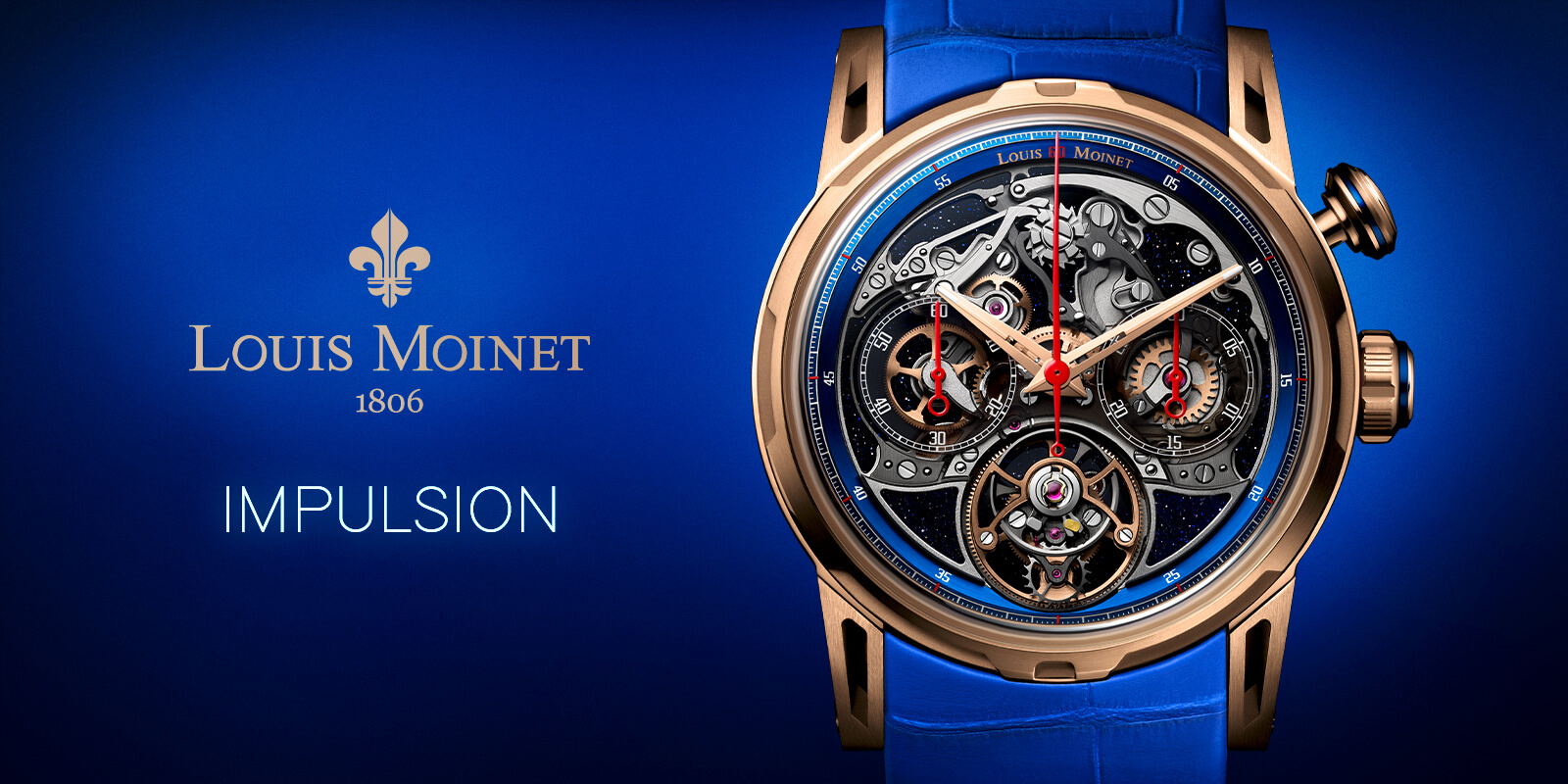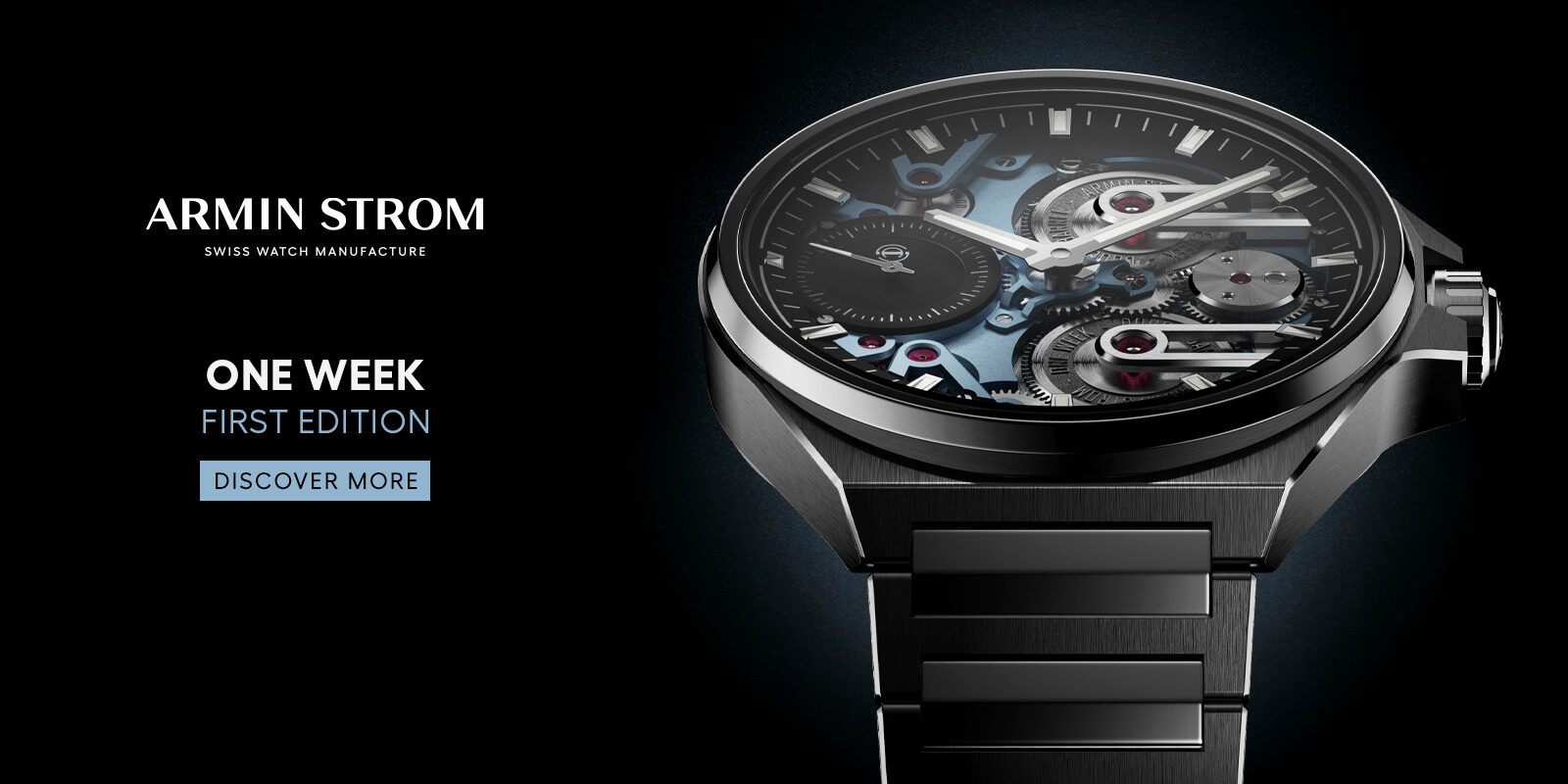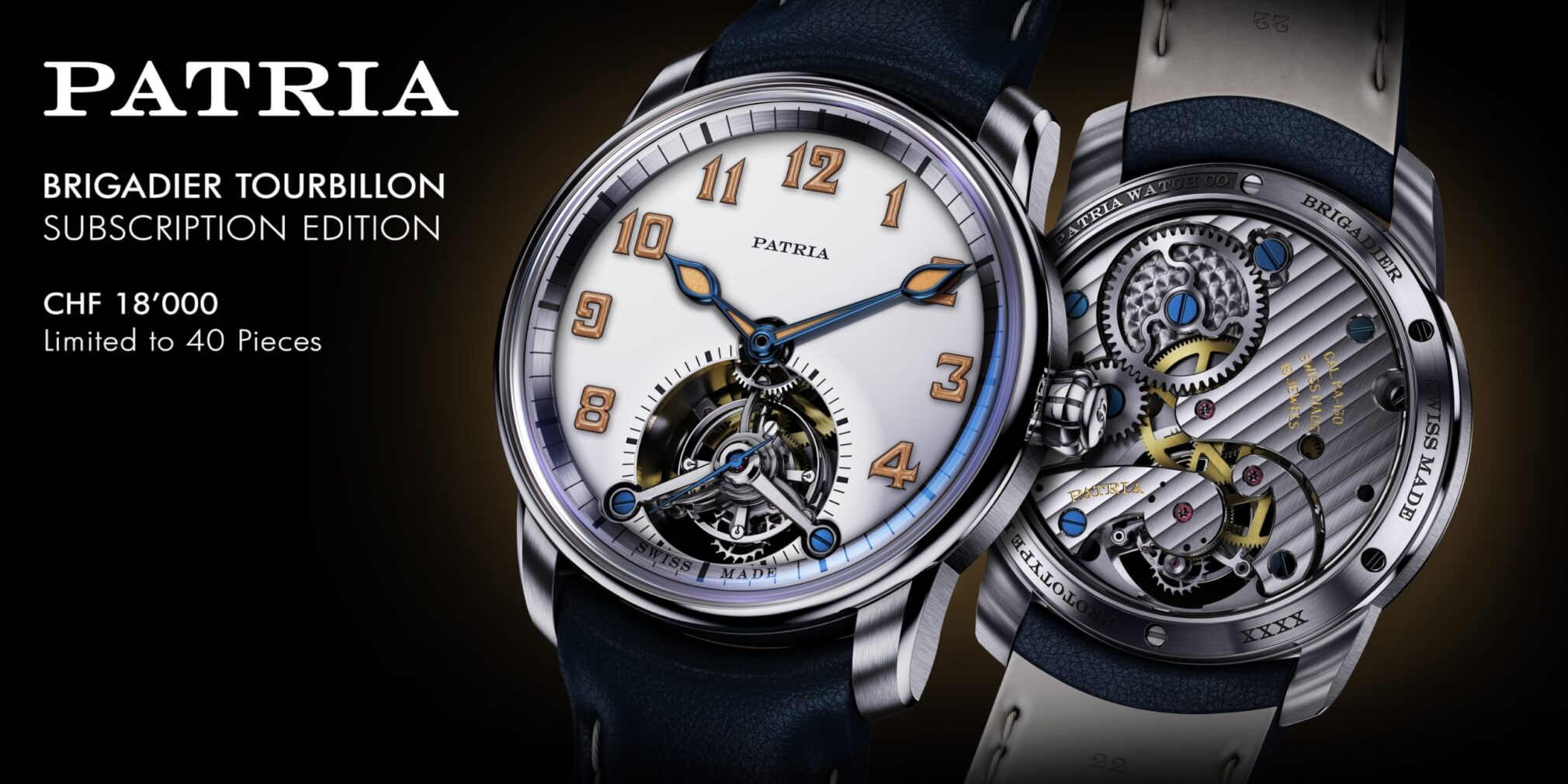Tim Mosso Builds a Custom Road Bike Part 2: The Frame
by Tim Mosso
Bikes are extremely intimate in a way that no motor vehicle can parallel. Riding a bicycle 100 miles will reveal the rider’s strengths and weaknesses.
All those weaknesses – and solutions – were discussed in depth in Part 1 of this series. This installment highlights the second leg of the adventure: building the frame.
While taking pains to implement all of Tim Gresh’s fit prescriptions, I spent the better part of a month planning the actual frame build.
Prior to my fit, I received a packet of planning documents from the frame manufacturer, Seven Cycles of Watertown, MA. Seven has been building primarily titanium frames since 1997.
Seven’s founders were refugees from an earlier Massachusetts company called Merlin, which was a pioneer in titanium frames and highly regarded in its day.
Today, Seven focuses on titanium and titanium-carbon frames built to off-the-shelf and custom specifications. I was fortunate to order a full custom example of the flagship 622 XX road bike.

The geometry of Tim Mosso’s 2012 bike
Seven’s process is exhaustive. My order began by completing a battery of forms that included everything from the exact measurements of my current bike to its specific balance of ride, handling, and stability.
I was asked to describe in-depth what I did and didn’t like about my bike. Riding goals, expected use cases, performance priorities, handling, ride compliance, and intended equipment specifications were covered.

Tim Mosso’s bike fit form for Seven Cycles
Once Tim G completed my full functional fit, he included his own raft of data, including my measurements, recommended size and geometry of the bike, and the anticipated size and spec of components that bore directly on ergonomics.

Seven Cycles’ bike fit form
———————————————————————————
—————————————————————————————————–
I have to admit that Seven wasn’t necessarily my first choice of builder. It’s a bit large by the standards of custom builders, and my previous bike had been built by a shop where the name on the door was the guy who builds its annual handful of frames. I liked that, and I know it’s a core part of the custom-bike experience for many riders.
Seven also can be hard to reach by phone or email. That said, I work in sales, and I understand the practical need to filter out the dreamers and tire-kickers who will talk your ear off with no intention to purchase.

Concept rendering of Tim Mosso’s new bike
My perception of Seven changed dramatically once the actual fit process began. Patria Vandermark, sales manager and a member of Seven’s founding family, contacted me directly. She took a solid amount of time introduce herself and answer my questions about the company.
Neil Doshi, the engineer who would design the frame, reached out to make himself available.
During the pre-build interview, Neil spent an hour on the phone discussing my frame. All the Greshfit data was taken into account, and I had a chance to explain in greater depth the preferences that I’d submitted on the company’s array of questionnaires.
—————————————————————————————————–
—————————————————————————————————–
This human element and ready access to decision-makers made a huge difference in my perception of Seven. Yes, it’s a large builder by artisanal standards. No, it’s not Specialized. In time, I received personally autographed sign-offs from my frame’s engineer, machinist, welder, and painter. Nice.

Seven Cycles’ Stef Adams Paints and welds Tim Mosso’s new bike frame
Neon green has been my favorite color since I was a child. At one point, my mom had to veto my childhood request to paint an entire bedroom that color. As an adult, my tastes have matured, but my appetite for retina-scorching verdure never mellowed. Seven offers custom paint, but I was fortunate that one of its stock mixes, dubbed “Granny Smith,” perfectly matched the color I imagined.
Since I already own an unpainted titanium frame on my Holland Exogrid, I feel no need to indulge the leave-it-bare school of titanium bike couture. That said, I liked the look of Seven’s bare carbon fiber tubes, so I left them with natural finish as a black counterweight to the electric green. See Mom, I’ve finally grown up!

Tim Mosso’s new bile frame ready at Seven Cycle’s workshop
At this point, I should mention that I confined my custom frame requests to geometry, size, paint, and tube gauge. Additional options include mounts for fenders, extra water bottles, panniers, dynamo hubs, baskets, racks, and custom paint that rises to the level of high art. The frame can be whatever the buyer wants, and my intentions were modest relative to the scope of possibility.
Those modest goals included stability, ride comfort, and light weight. About that last one: I know and agree with the notion that bike weight isn’t a major factor in performance. Since I live in an old building with no lift, every ride begins and ends with a portage up and down narrow stairs, while holding a bicycle, and wearing cycling cleats.
If there’s a better argument to be made for cutting 1.5-2 kilograms/3-4 pounds from a bike’s weight, I haven’t seen it.
—————————————————————————————————–
—————————————————————————————————–
Titanium lugs carbon tubes
Seven’s 622 XX starts with a 622 frame in grade two titanium and carbon fiber. These materials in combination yield a durable blend of low weight and highly customizable geometry. Welding the tubes allows Seven to set the angles of the frame in a fashion not possible with traditional fixed lugs.

The carbon fiber and titanium frame of Tim Mosso’s new bike
Carbon fiber tubing helps to lower total weight, deaden vibration, and tune each frame to the weight of its intended rider.
Adding the “XX” appellation cuts roughly 112 grams or a quarter pound from the frame without affecting its ride qualities. By my request, Seven replaced the metal head tube logo with a painted one. Along with the XX mods, that’s all that can be done at the frame level to drop weight.

Tim Mosso checking out the titanium lugs and carbon tubes on his new bike frame
Stability primarily relates to a bike’s willingness to change direction. My old Exogrid was built with criterium in mind, so I spent twelve years of riding mostly endurance and group rides on a machine with a mind of its own. I love that bike, but I’ve grown to appreciate the pleasure of a bike that just goes where it’s pointed.
To that end, my Seven was built with a longer wheelbase, longer chain stays, a slacker head tube angle, and a lower bottom bracket.
I chose a No.6 Composites “Road Disc” fork with 45mm of rake (offset). While that required a slacker headtube angle to get the required trail for stability, this fork has a major advantage to its credit.
—————————————————————————————————–
—————————————————————————————————–
And that advantage is tire clearance. At first, my bike had been specified with the Enve Disc Brake fork, which is Seven’s default choice for this model.

Tim Mosso’s new bike has plenty of tire clearance
But that fork’s tire clearance – 32mm measured width – is far too small to support my goal of Cadillac ride quality. The No.6 fork, in comparison, supports a 38mm tire while matching the Enve in weight.
Any fork with more clearance than that would be oriented towards off-road use and not the kind of performance road riding I had in mind.
Neil at Seven was asked to match that clearance between the seat stays at the back of the bike. An Industry Nine iRiX headset in lime green mated fork to frame.

Tim Mosso unboxing his new bike frame
If you’re not a regular road cyclist or hail from the era of 23mm tires, then my fixation on tire size might seem odd. Recent empirical data has revealed that large bike tires run tubeless at low pressure can roll with resistance that’s competitive with older narrow tires at high pressure. More importantly, tires are the single greatest factor in the ride comfort of a bike.
While Seven did all it could to select carbon and titanium tubes to favor ride quality at my weight, it’s the kind of subtle refinement that can be lost by overinflating a tire 5-10psi.
I’ve come to agree with bike sages like engineer Josh Poertner and frame builder Rob English that the adjustable air springs on your wheels are the equivalent of road bike suspension.

Tim Mosso’s bike frame is complete
With the fit complete and the frame built, my daydream was transitioning from idea to physical reality. But it wasn’t a bike – not yet. Part three of this series will explore the next stage of a custom bike build: components!
For more on Seven Cycles, please visit www.sevencycles.com/
You might also enjoy:
Fly Fishing in Scotland with Al Peake of Twin Peakes
Leave a Reply
Want to join the discussion?Feel free to contribute!






I’m waiting for an article what toilet paper Tim is using.
Congratulations— very excited for you. I’ve been extremely involved in cycling for many decades and have crossed this country on a bike 7 times. Also some road racing and cross to gain those experiences. I’ve a number of custom bikes due to a non traditional stature — absolutely totally in agreement that custom frames are a must for certain people, particularly if a long love affair with cycling is the goal. I’ve worked with Vanilla, Ahearne, Igleheart, Breadwinner, and MAP frame builders, and also own a Seven and DeSalvo frames. If you ever make a trip to Portland, OR, reach out and I’ll take you on a ride. Thanks for being the prime educator as I’ve switched obsessions from bikes to timepieces.
Seven is local to me. Never seen one like that. The drop out cut out’s look cool and have that traditional old school look to them.